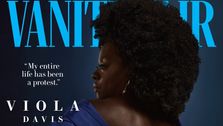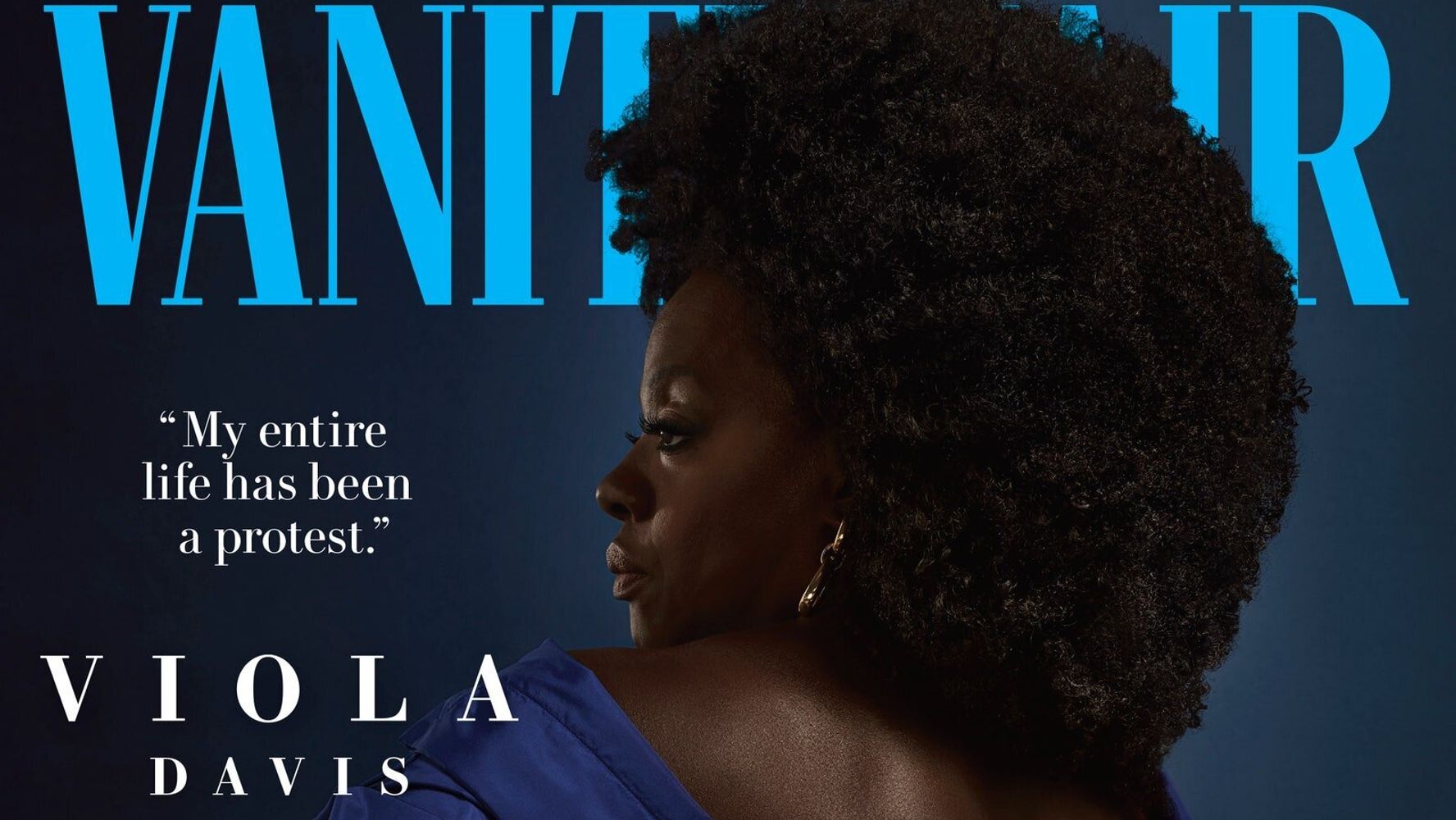[ad_1]

Vanity Fair has commissioned a Black photographer to shoot its cover for the first time in its 37-year history, an overdue step for a magazine that has long weathered criticism for a lack of diverse racial representation in its pages.
The cover of the magazine’s July/August issue, featuring actor Viola Davis, was shot by photographer Dario Calmese, whose photo of Davis aims to reimagine the brutal portraits of Black enslaved people taken by white photographers in the 19th century.
“This image reclaims that narrative, transmuting the white gaze on Black suffering into the Black gaze of grace, elegance, and beauty,” he said.
In the accompanying cover story, Davis herself pointed out the long-standing lack of Black representation on the iconic magazine’s covers.
“They’ve had a problem in the past with putting Black women on the covers,” Davis said. “But that’s a lot of magazines, that’s a lot of beauty campaigns. There’s a real absence of dark-skinned Black women. When you couple that with what’s going on in our culture, and how they treat Black women, you have a double whammy. You are putting us in a complete cloak of invisibility.”
“Davis is right, about Black women — and men (and, for that matter, other people of color as well as LGBTQ+ subjects),” Vanity Fair editor-in-chief Radhika Jones wrote in an editor’s letter introducing the new issue. “For most of the magazine’s history, a Black artist, athlete, or politician appearing on a regular monthly issue of Vanity Fair was a rare occurrence. In our archives, excluding groups and special issues, we count 17 Black people on the cover of Vanity Fair in the 35 years between 1983 and 2017.”
The long overdue step was sparked by the reckoning over racial inequity currently happening across many industries, including media — and at Condé Nast, Vanity Fair’s parent company, in particular.
Last month, Bon Appétit editor Adam Rapoport resigned after freelance food journalist Tammie Teclemariam resurfaced a racist photo of him. His resignation opened deeper conversations on the ways the magazine has underpaid and undervalued staffers of color. The outlet has also exoticized or co-opted dishes, ingredients and culinary practices that originated in communities of color, including by featuring white chefs or food writers as supposed experts.
Days later, Vogue editor-in-chief Anna Wintour acknowledged to the magazine’s staff that “Vogue has not found enough ways to elevate and give space to Black editors, writers, photographers, designers and other creators,” she wrote in an internal email. “We have made mistakes too, publishing images or stories that have been hurtful or intolerant. I take full responsibility for those mistakes.”
In 2018, after 126 years, Vogue’s cover was shot by a Black photographer for the first time. The cover star was Beyoncé, who was given complete control and pushed for a Black photographer, selecting Tyler Mitchell to photograph her for the cover.
Last week, Vogue released its newest cover, which features gymnast Simone Biles, shot by legendary photographer Annie Leibovitz. But observers quickly pointed out that the magazine could have commissioned a Black photographer instead.
For her part, Jones, who became Vanity Fair’s top editor at the end of 2017, has pushed for a wider range of stars to be featured on its cover and its pages. That began with actor and writer Lena Waithe, who was photographed by Leibovitz for the cover of Jones’ first issue at the helm, in April 2018 — marking a new direction for the magazine.
“No amount of praise or censure affects me, in my current role, so much as the hope that our choices might inspire a young person — a future actor, director, photographer, writer — to pursue their own creative vision or imagine themself in our pages,” Jones wrote Tuesday. “Iconography carries influence.”
Calling all HuffPost superfans!
Sign up for membership to become a founding member and help shape HuffPost’s next chapter
[ad_2]
Source link

